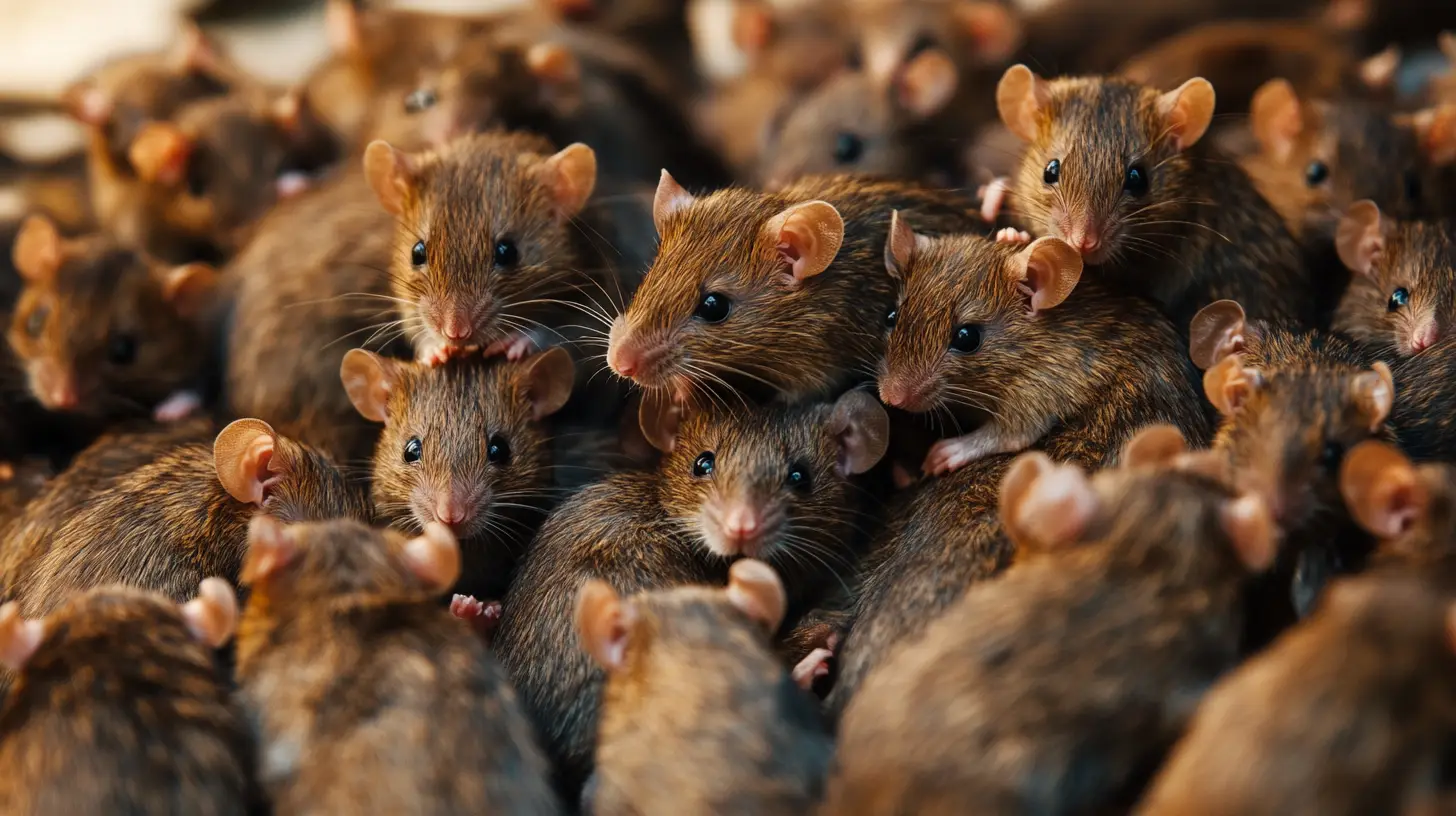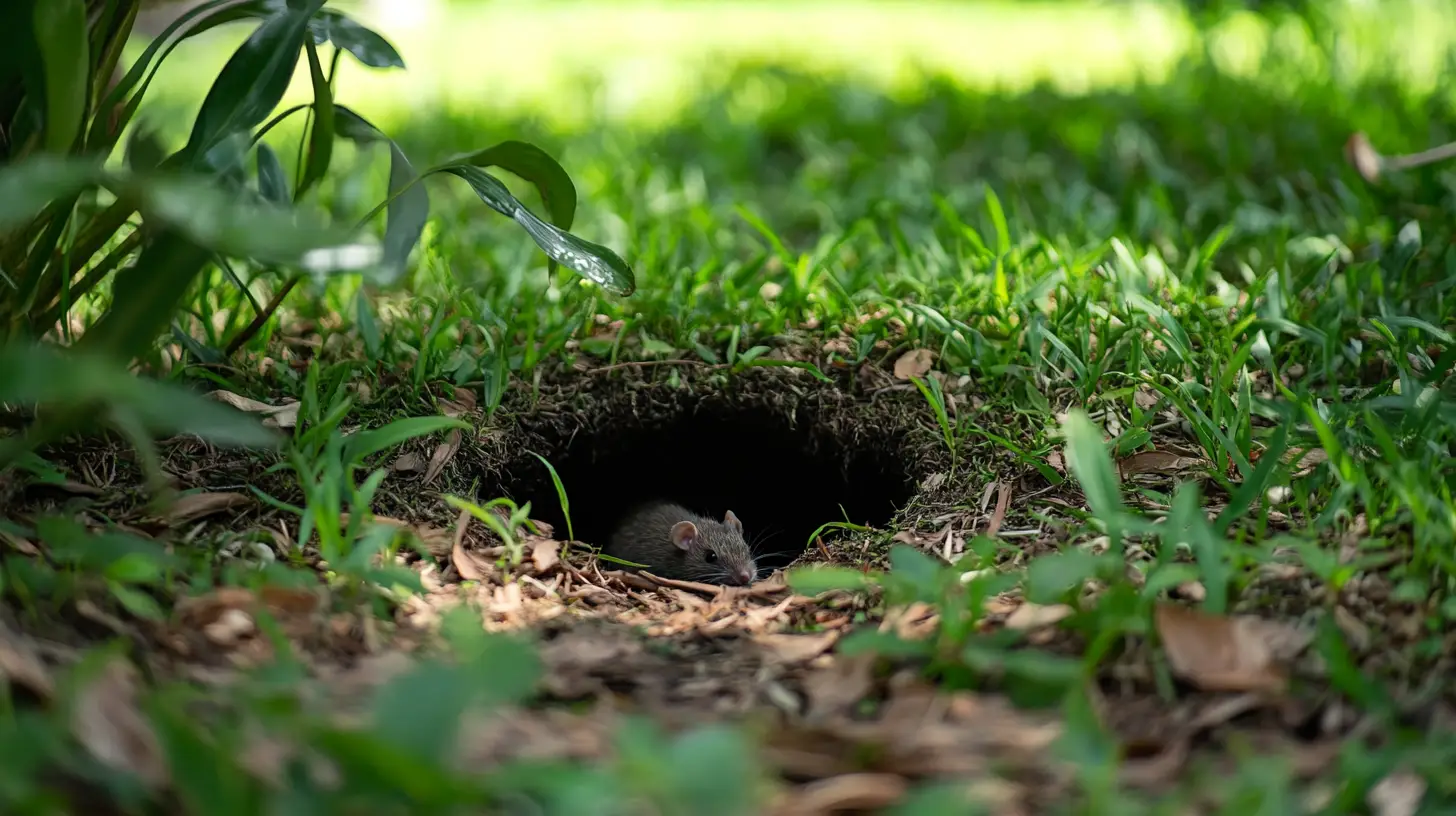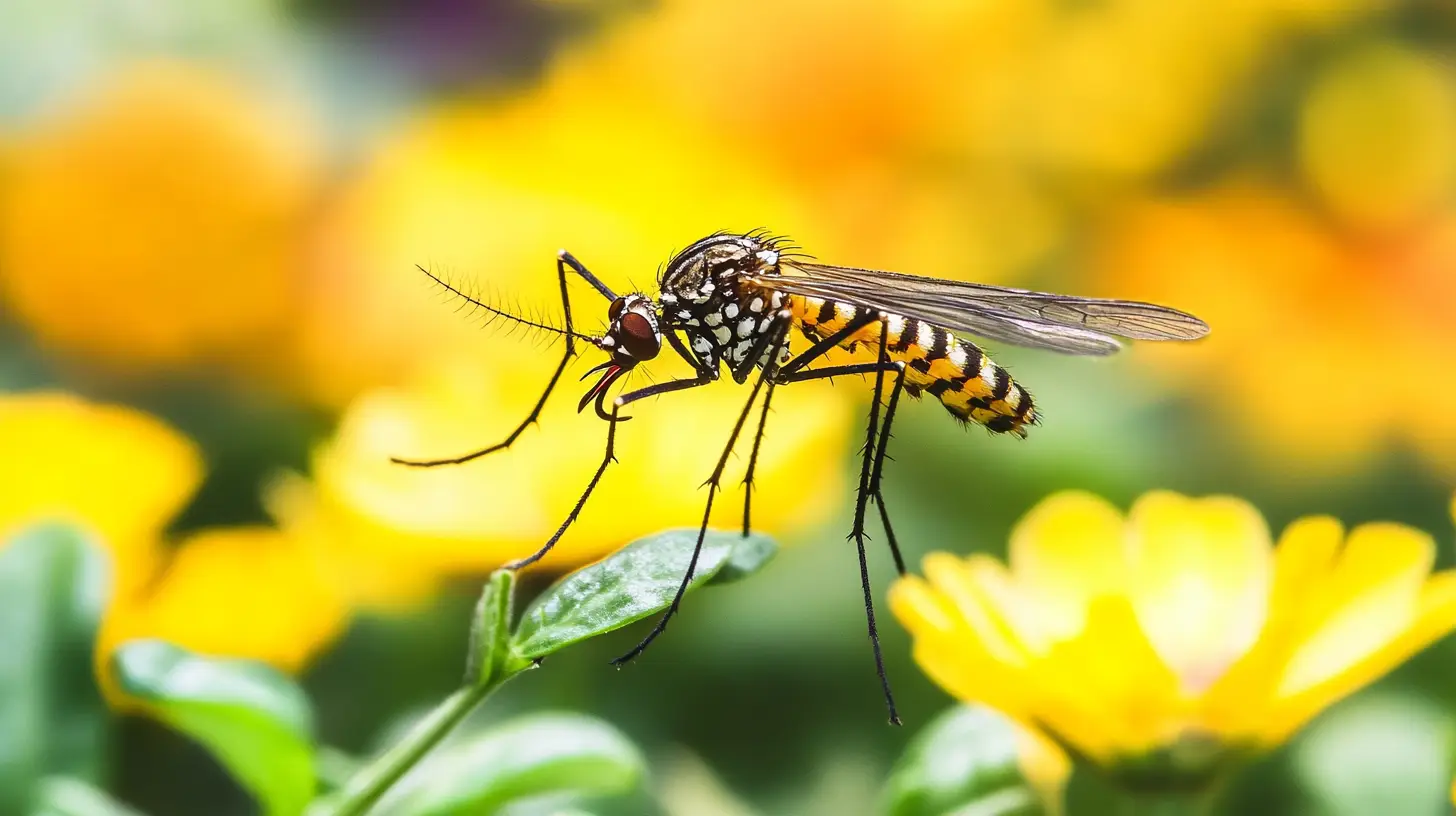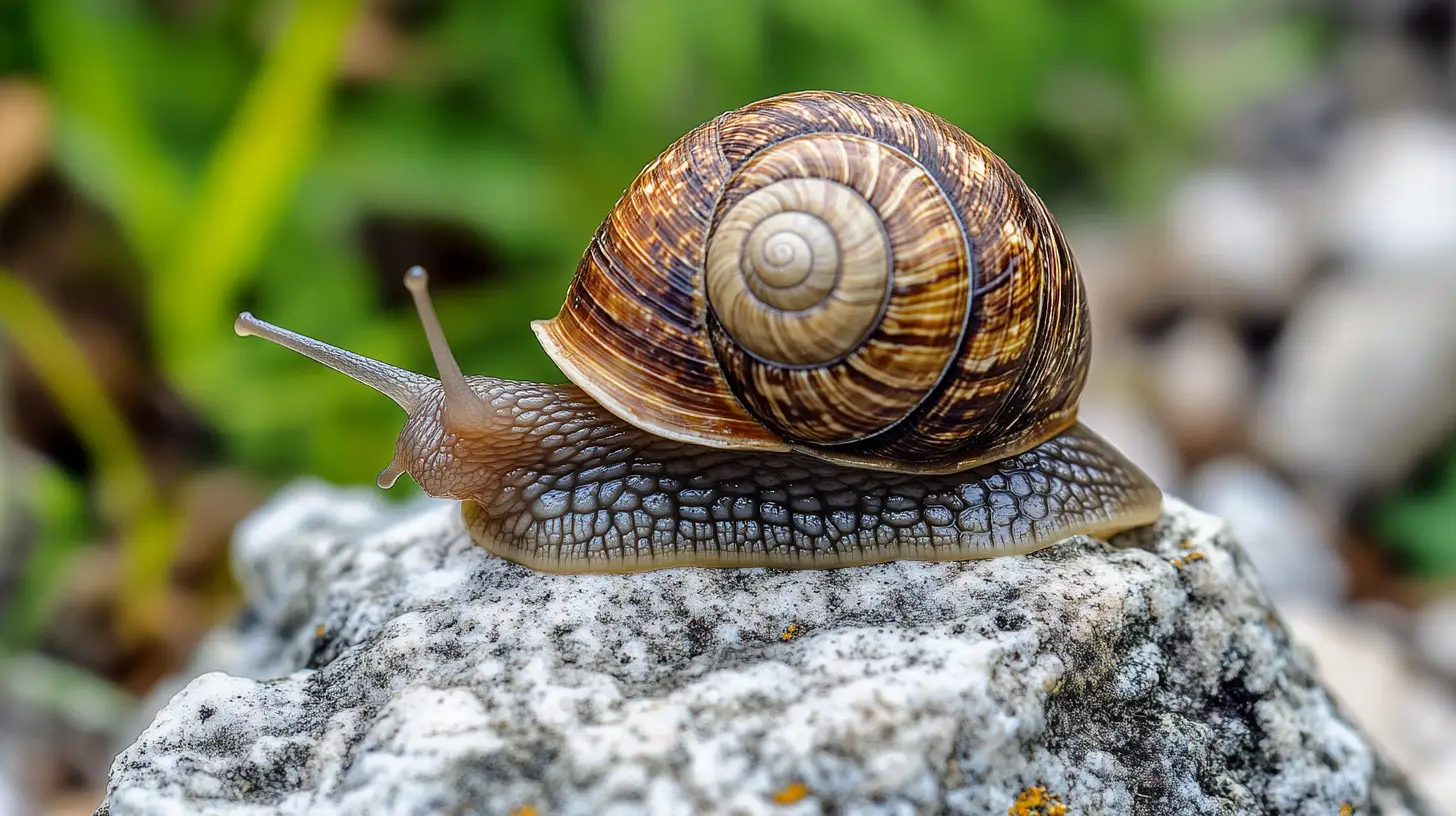
Table of Contents
If you’ve noticed long trails of ants invading your kitchen or patio in Lakewood Ranch, FL, there’s a good chance you’re dealing with Argentine ants. Known for forming massive supercolonies, these invasive pests can quickly become a major headache for homeowners. Originally from South America, Argentine ants have spread throughout Florida, thriving in both urban and rural environments. They are highly aggressive, outcompeting native ants and creating large, resilient colonies that can be difficult to control. Their ability to survive in a wide range of environments, coupled with a sweet tooth for sugary foods, makes them a common nuisance in homes and gardens alike.
Getting rid of Argentine ants requires a strategic approach. These ants have multiple queens in each colony, allowing them to reproduce rapidly and relocate their nests as needed, making them harder to eliminate than many other species. They are particularly attracted to moisture and often establish nests in wall voids, under flooring, or near water sources. By understanding their behavior and knowing where to target your efforts, you can implement effective strategies to manage these persistent pests. In this blog post, we’ll explore the most effective methods to get rid of Argentine ants in your Lakewood Ranch home, offering tips that not only address the problem but help prevent future infestations.
Key Takeaways
- Argentine ants are invasive pests that form massive supercolonies, making them harder to control than most ant species.
- Proper identification is crucial: Look for long, steady trails of small brown ants and the musty odor they emit when crushed.
- Natural control methods like boric acid bait, diatomaceous earth, and essential oils can be effective for smaller infestations.
- Professional treatments offer the most comprehensive solutions, using insecticides, baits, and perimeter treatments to target large colonies with multiple queens.
- Prevention is key: Regularly clean up food, seal entry points, and reduce moisture around your home to deter Argentine ants from returning.
- Integrated Pest Management (IPM) strategies combine chemical treatments with sanitation and exclusion techniques to offer long-term protection.
Understanding Argentine Ants: Identification & Behavior
Argentine ants are an invasive species that are common in Lakewood Ranch, FL. These ants are typically 2.2 to 2.8 mm long for workers, with queens slightly larger at 4 to 6 mm. They are easily recognized by their shiny, light to dark brown color and segmented, oval-shaped bodies. Their 12-segmented antennae help them sense their surroundings, while their behavior of forming long, steady trails makes them stand out among other ant species. Another key feature is the musty or greasy odor they emit when crushed.
Known for their aggressive behavior towards other ant species, Argentine ants form supercolonies with interconnected nests. These colonies house multiple queens, and new nests are created through a process known as budding, rather than traditional swarming. Argentine ants prefer moist environments and are often found nesting under rocks, mulch, or debris outdoors. However, when conditions become unfavorable outside, they may invade homes, particularly near moisture sources like pipes or potted plants.
If you’re noticing steady streams of ants climbing trees, buildings, or invading your home, you may be dealing with Argentine ants. Their distinct physical traits and behaviors can help with identification, but for precise control measures, professional pest identification is always recommended.
Natural Ways to Get Rid of Argentine Ants in Lakewood Ranch, FL
Argentine ants can be a persistent problem, but there are several natural methods that can help control their population without harsh chemicals. One effective option is boric acid bait, which can be mixed with sugar or honey to attract ants. Using a concentration of 0.5% to 2% boric acid, this bait targets the ants over time and can gradually eliminate entire colonies when placed near trails and nests. Another method involves sprinkling diatomaceous earth along ant pathways and entry points. This natural powder dehydrates ants on contact, providing a safe and non-toxic solution.
You can also disrupt their pheromone trails using a simple vinegar solution (equal parts vinegar and water) or create barriers using essential oils like peppermint, tea tree, or citrus. A soap and water spray (40% water, 40% alcohol, and 20% dish soap) is another quick fix to spray directly on ant trails.
Additional natural deterrents include cinnamon and lemon juice, both of which repel ants with their strong scents. Simply sprinkle cinnamon or clean with lemon juice near entry points and problem areas. For a long-term solution, make sure to remove attractants such as food spills, standing water, and leaky pipes, and maintain your yard by trimming vegetation and removing debris.
While these natural methods can be effective for smaller infestations, large Argentine ant colonies in Lakewood Ranch may require professional pest control services for complete elimination.
Professional Methods to Get Rid of Argentine Ants
When it comes to effectively getting rid of Argentine ants, professional methods offer a comprehensive and long-lasting solution. One of the most effective techniques is using professional-grade insecticides like thiamethoxam and indoxacarb, which can be applied as sprays or baits. Combination treatments that mix sprays, gel baits, and granular baits target various stages of the colony and ensure widespread impact. For example, a combination of thiamethoxam spray, gel bait, and indoxacarb granular bait has proven to be highly effective.
A common strategy is applying perimeter treatments around the exterior of buildings using backpack or power sprayers to create a barrier that prevents ants from entering. Bait stations with slow-acting toxicants such as hydramethylnon, abamectin, fipronil, or indoxacarb are also critical, as they allow worker ants to carry the poison back to the colony, gradually killing it off. Non-repellent baits are particularly useful because they allow ants to continue feeding and distributing the bait within their network, ensuring widespread impact.
For precise control, spot treatments at points of entry, such as window sills and door thresholds, can prevent ants from gaining access to your home. An Integrated Pest Management (IPM) approach is another method that combines chemical treatments with good sanitation practices, exclusion tactics, and regular inspections to provide long-term control.
If the infestation is particularly severe, professional pest control services are recommended, as licensed technicians have access to stronger products and are skilled in applying them. Follow-up treatments, such as quarterly visits, are essential to maintain control over Argentine ant populations. Finally, boric acid baits specially formulated for professional use can also help eliminate the entire colony over time.
Argentine ant control can be time-consuming, but professional methods provide the most effective, long-term solutions for handling infestations.
Conclusion – Get Rid of Argentine Ants
Argentine ants are a persistent and invasive pest in Lakewood Ranch, FL, known for their large colonies and aggressive behavior towards other ant species. Whether you’re dealing with a small infestation or a sprawling supercolony, taking action quickly is crucial to prevent these ants from taking over your home and yard. Natural methods, such as boric acid bait, diatomaceous earth, and essential oils, can help control smaller populations, but professional treatments are often necessary for larger infestations. With strategies like perimeter treatments, bait stations, and an Integrated Pest Management (IPM) approach, professionals can provide long-lasting relief from these tenacious pests.
By addressing both the current infestation and preventing future outbreaks, you’ll protect your home from the damage and contamination these ants can cause. Argentine ant infestations require persistence, but with the right approach and professional guidance, you can effectively reclaim your space from these invasive insects.
Frequently Asked Questions (FAQs)
What are Argentine ants and why are they a problem?
Argentine ants (Linepithema humile) are invasive ants originally from South America. They form massive supercolonies with multiple queens, which makes them particularly hard to eliminate. They are aggressive towards other ant species and often invade homes in search of food and moisture.
How can I identify Argentine ants in my home?
Argentine ants are small, typically 2.2 to 2.8 mm long, and range from light to dark brown. They emit a musty or greasy odor when crushed and form long, steady trails when foraging. Their uniform size and shiny appearance are key indicators of an Argentine ant infestation.
What natural methods can I use to get rid of Argentine ants?
You can use boric acid bait mixed with sugar or honey, diatomaceous earth, vinegar solutions, and essential oils like peppermint and tea tree to deter or eliminate Argentine ants naturally. These methods work best for smaller infestations and require patience and persistence.
Are there professional treatments for Argentine ants?
Yes, professional-grade insecticides such as thiamethoxam and indoxacarb are highly effective. These can be applied as sprays, gel baits, or granular baits. Professionals also use perimeter treatments, bait stations, and spot treatments for comprehensive control.
What is the most effective way to eliminate Argentine ants?
The most effective way to get rid of Argentine ants is through a combination of professional-grade insecticides, bait stations with delayed toxicants, and regular perimeter treatments. Integrated Pest Management (IPM) combines these chemical treatments with sanitation, exclusion, and regular inspections to prevent reinfestation.
How do Argentine ants spread, and why are they hard to eliminate?
Argentine ants form new colonies through a process called budding, where queens and workers split off to establish new nests. Their colonies can cover vast areas, and with multiple queens, they reproduce rapidly. This makes it difficult to eliminate the entire colony without professional intervention.
How can I prevent Argentine ants from returning?
To prevent Argentine ants from returning, seal cracks and entry points, remove food and moisture sources, and maintain a clean environment both inside and outside your home. Professional quarterly treatments can also provide ongoing protection.
What are the best baits to use for Argentine ants?
Professional baits containing hydramethylnon, abamectin, fipronil, or indoxacarb are the most effective for Argentine ants. These slow-acting toxicants allow worker ants to distribute the poison throughout the colony, targeting the queens and ensuring colony collapse.
How long does it take to get rid of an Argentine ant infestation?
Getting rid of an Argentine ant infestation can take anywhere from a few weeks to several months, depending on the size of the colony and the methods used. Professional treatments are usually more efficient and quicker than natural methods alone.
When should I call a professional to handle an Argentine ant infestation?
If you’re dealing with a large infestation, or if natural methods are not working, it’s best to call a professional pest control service. They have access to stronger products and techniques that can target the entire colony, including the multiple queens.









